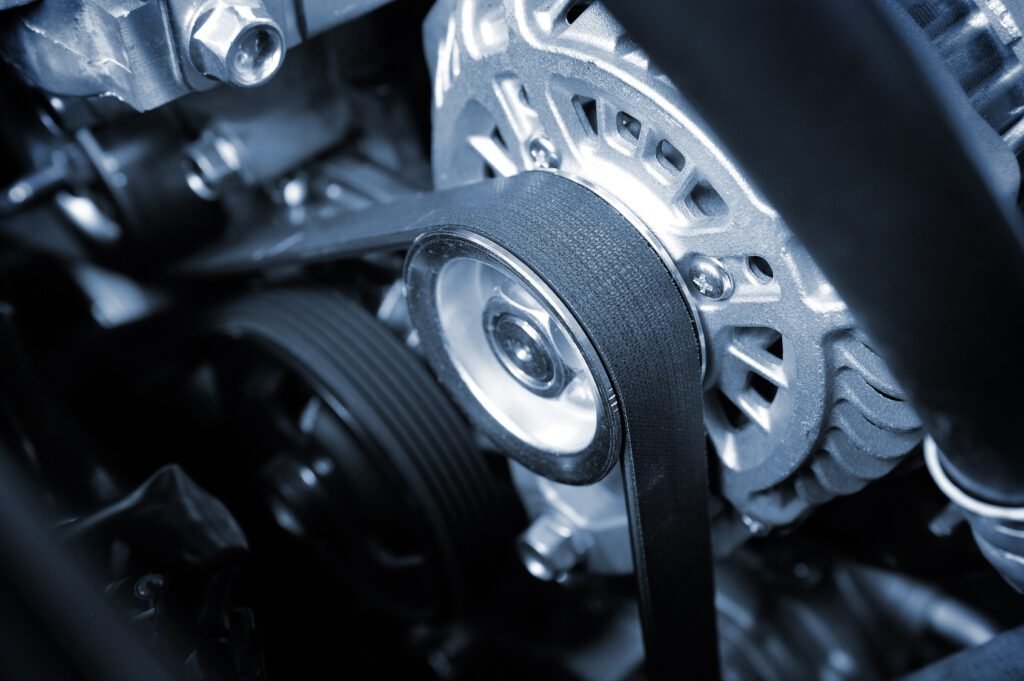Timing belts are important for your car to run smoothly.
Most car owners rarely pay attention to their car engine’s timing belts, if at all. But they are very necessary for the smooth functioning of your vehicle.
If left unchecked, the belt could wear out or even split in two, causing major damage to your actual engine itself.
In a car, timing belts keep two vital parts of your engine, the crankshaft, and camshaft, in sync with each other. This allows the valves to be opened and closed at appropriate intervals. That’s where the word timing in the name comes from.
What is the average lifespan?
The specified lifespan for the belts varies from manufacturer to manufacturer. But as with most things critical to the smooth functioning of your vehicle, it’s better to be safe than sorry.
Generally, though, you can expect a timing belt to last from anywhere between 50,000 to 90,000 miles. Also important to note that they are only rated to last approximately 5 years. After that, nobody can be sure that it will function properly.
If you hear a rattling sound coming from your car’s engine, it may indicate a problem with the belt.
Having an inspection of the engine done as soon as possible should be your top priority. If the timing belt has a crack or appears to be affected by friction, an immediate replacement will be required.
If for any reason the timing belt breaks and it is an interference engine, the valves will be bent and possibly other major damage. If it is not an interference engine when the belt strips or breaks, the vehicle would just quit running. A less costly repair for sure but still expensive as general maintenance goes.
What should I do?
You should replace the belt once you hit the specified number of miles. It’s also a good idea to have the belt inspected every now and then, either by yourself or at the hands of a mechanic during routine servicing.
The belt is generally made of rubber, with fiber or nylon strands to provide more tensile strength. Rubber tends to degrade with higher temperatures and when it comes in contact with motor oil. So a clean and well-cooled engine will help prolong the lifespan of your vehicle’s timing belt.
How can I replace my car’s timing belt?
The cost of a timing belt is relatively low to most other parts that need repair. Replacements for most cars are readily available.
Some engines are easy to disassemble and put together, while some are not. Depending on these factors, the process could be more expensive and time-consuming.
While you can attempt to replace a timing belt by yourself, you will need a decent understanding of how a car engine works and all the required tools.
Remember that an improper replacement will cause as much damage as a broken belt. That will cost you more than what it would have cost to have a professional mechanic change it in the first place.
The importance of checking the timing belts
A failure is the last thing you would want, especially while you’re driving. You should keep an eye on it from time to time and prepare to have it replaced when the time comes.
If you want to find out more about timing belts don’t hesitate to take a look at our blog.
Also, if you have any issues with your car don’t hesitate to contact us either, we offer auto repair and maintenance services to keep your car in great shape.

